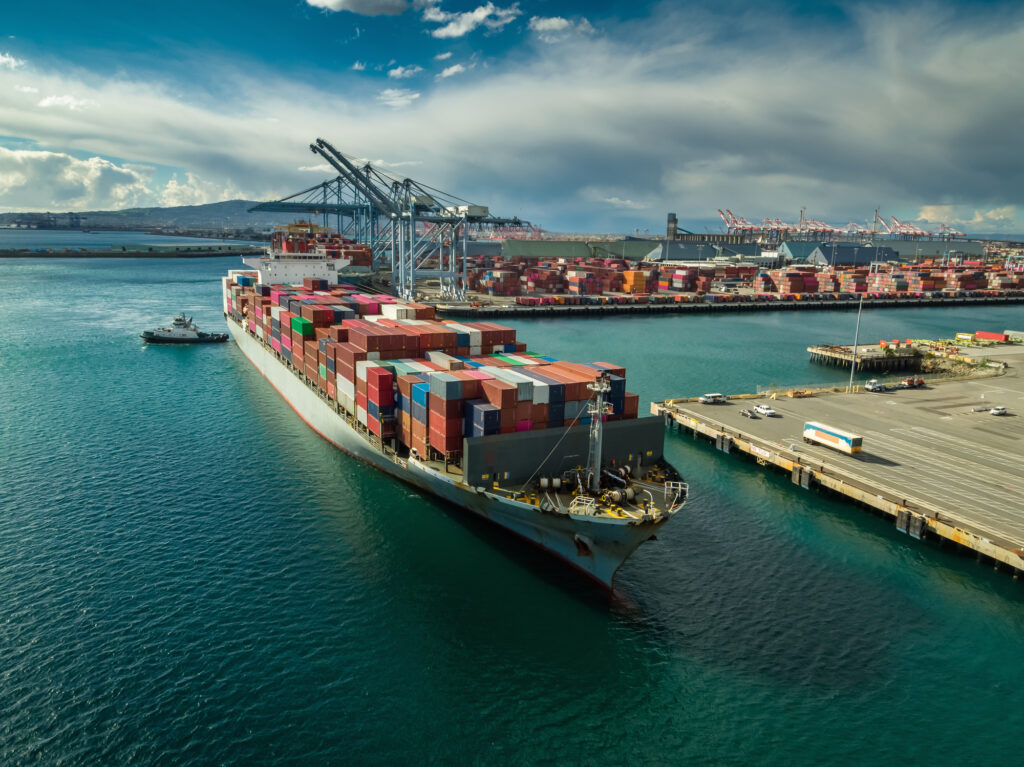
Yeah, not exactly a shocker. But it doesn’t make a very good case for cutting tariffs on Chinese imports!
The office of the U.S. Trade Representative (USTR) has released its review of the global state of intellectual property (IP) rights, which details “the adequacy and effectiveness of U.S. trading partners’ protection and enforcement” of those rights. This is an annual report that USTR is obliged to prepare, and the big takeaway here – just as it was last year – is China is not living up to its pledge to improve IP protection, despite making commitments to do so in the trade deal its government signed with the Trump administration in early 2020.
The New York Times summarized it like so:
Last year, China amended various laws to strengthen its intellectual property protections in line with its commitments in the trade deal. But intellectual property owners have continued to express concerns that those measures were inadequate, U.S.T.R. said in the report. And Chinese government bodies and officials have also continued to make worrying assertions about their intellectual property system’s serving the needs of domestic innovation and providing a “strategic resource” for Chinese competitiveness abroad, the agency’s report said.
Okay! So, it isn’t a shocking development that the word “China” appears over 100 times in this USTR report. Chinese IP protections have been considered inadequate for years – they were the original rationale, the Times notes, that the Trump administration started imposing tariffs on Chinese goods in 2018. Since then and even after the “Phase 1” trade agreement Beijing signed with President Trump they’ve apparently barely improved. That lack of movement is part of the reason that Phase 1 is an established failure.
It also isn’t shocking that there are calls from within the American political establishment to lower tariffs on Chinese imports even though the Chinese government hasn’t stuck to either the purchasing or IP protection commitments made in the Phase 1 deal. Now that President Trump is out of office the “let businesses ship American manufacturing jobs overseas” wing of his party can test the waters again, and for others this is an ideological commitment: Tariffs are bad, always, and the current period of inflation is an excellent reason to attack something they detest.
It’s clearly nonsense. As Trump’s trade representative, Robert Lighthizer, put it in a letter to the Wall Street Journal: “The tariffs were in place for two years during the Trump administration and there was no significant inflation.” And It’s just as plausible that inflation is high because there are still severe production hiccups in our ocean-spanning supply chains because Covid-19 (like it or not) has not gone away.
If we cut the tariffs, two things will happen: We’ll reward the Chinese government for ignoring its trade commitments, and we’ll drown any serious attempt to re-establish supply chains in the United States. It’s a mistake, and we shouldn’t do it.
The critics will ignore this IP report and continue to try to link tariffs to inflation. But you can read it here.
